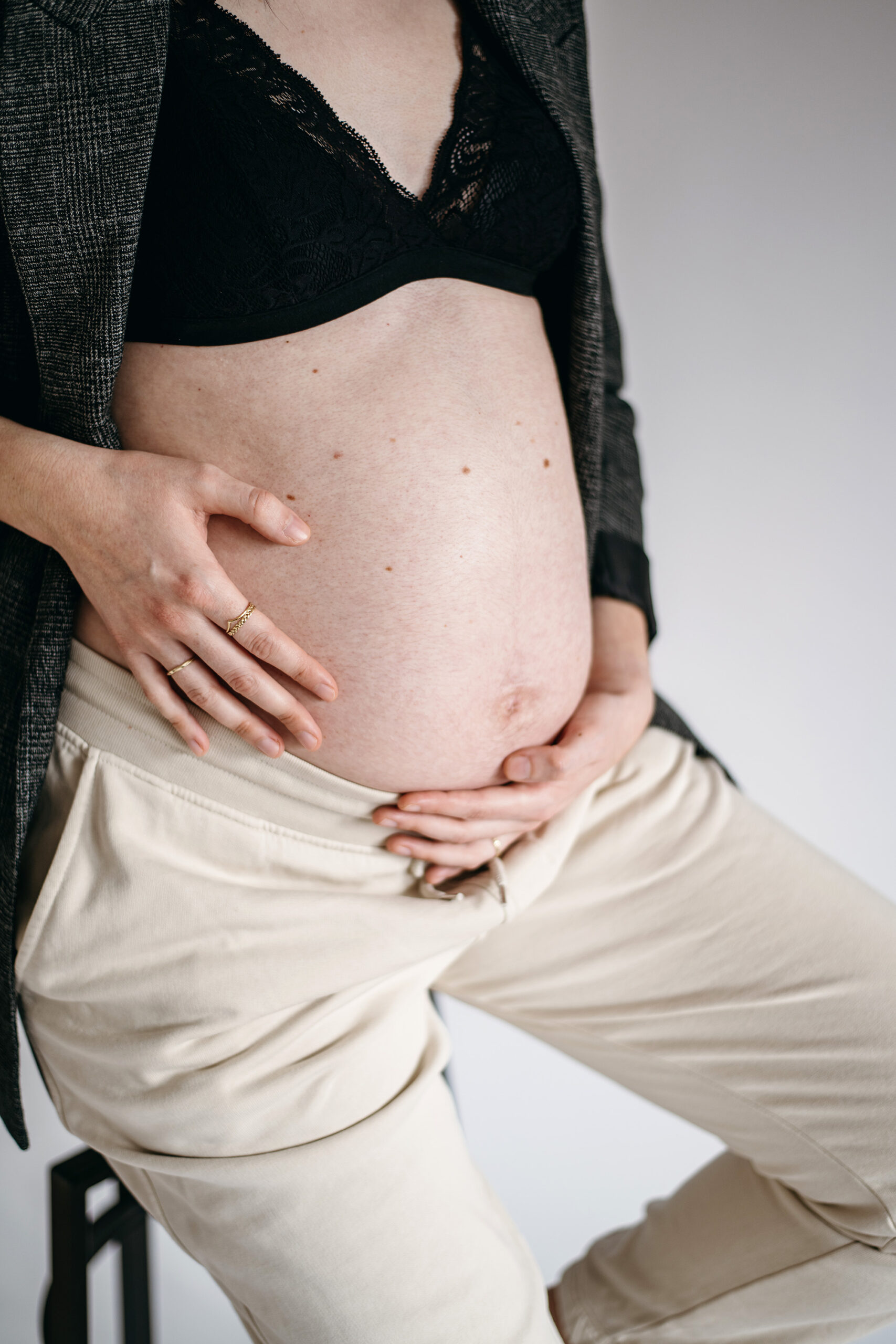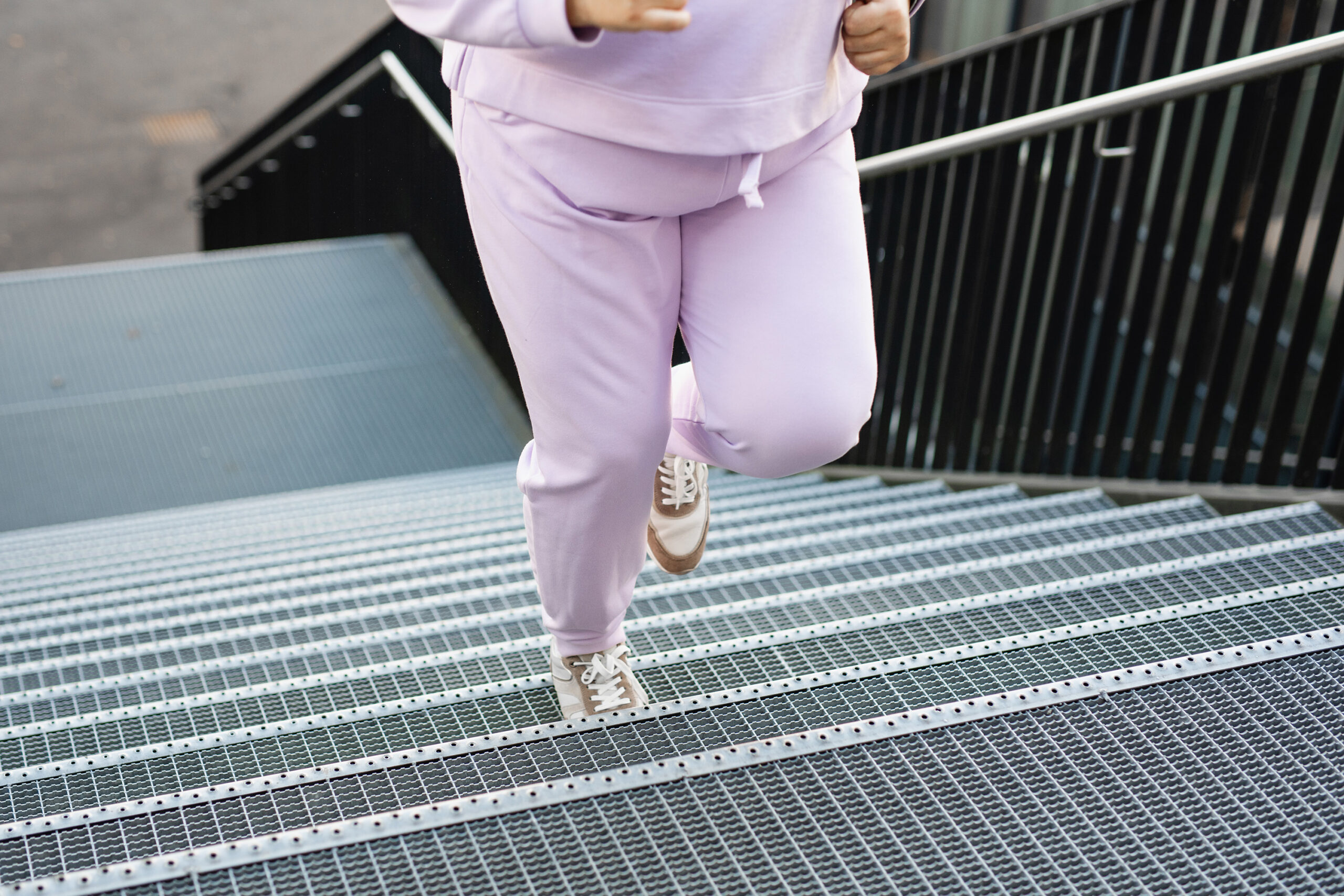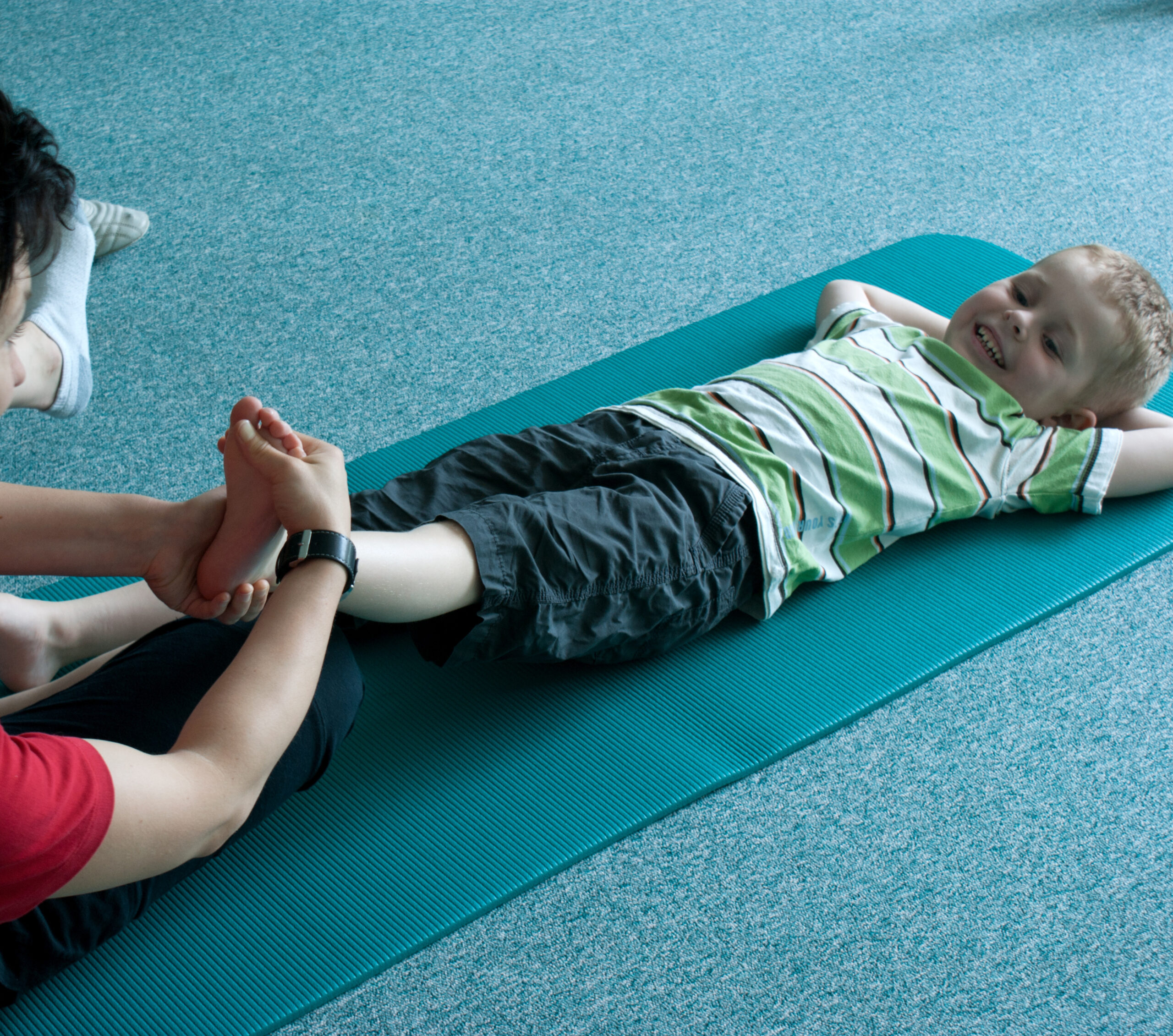It’s a question many of us who have had surgery or significant injury end up asking ourselves at some point. Can my scar cause other physical problems? Can a scar be a contributor to pain elsewhere?
In short, yes. Scar tissue and fascial adhesions can contribute to other physical problems or pain elsewhere.
Let’s look at a common surgery, the C-section. Did you know that a C-section (and other abdominal surgeries) can be related to back pain? Whenever there is surgery or injury to a part of the body, the brain registers that there is a difference. This is in part because fascia contains many nerve endings, particularly sensory nerve endings. These nerve endings transmit information to the central nervous system (CNS), and when they are cut, torqued, adhered, warped, or otherwise irritated, that information (or lack of) is registered by the brain. The damage and interruption to the fascial web is known, even if it’s not something that is at the forefront of the conscious mind.
Now for a C-section and other abdominal surgeries, we are looking at the impact of the injury (surgery) on the core of the body. The “core” is really best compared to a soda can. The top is the respiratory diaphragm, the bottom the pelvic floor diaphragm, the front the abdominal muscles (particularly transversus), and the back the multifidi. Multifidi are small muscles between vertebrae along the spine. This core has many functions, including maintaining proper intra-abdominal pressure (IAP). That’s a fancy way of saying your body makes sure that your organs stay nice and float-y inside of you by maintaining the right amount of pressure inside the abdomen (among other things). The brain is very interested in keeping your organs happy.
When sensory input is disrupted and an injury registered by the nervous system, it makes sense that the structures in the affected area would behave differently and that compensations would result. In the case of C-sections, the “core” has now been compromised. With the abdominal muscles being cut and the surrounding fascia being altered (after already going through many changes during pregnancy), it is most common that the multifidi in the back begin overcompensating and overworking to help the body maintain proper IAP. Multifidi are small muscles that are meant to provide stability and some mobility for the spine. They aren’t meant to stabilize the body in the absence of happily functional abdominal muscles.
The respiratory and pelvic floor diaphragms also begin compensating to help maintain proper IAP. These structures are usually already a little less… efficient due to issues with posture, breathing mechanics, excessive sitting, etc. Dysfunction in the core will impact the entire body, top to bottom, due to the location at the body’s center. Issues may not arise immediately, and perhaps nothing obviously linked will ever show up.
Some relationships and things of note I’ve found working with C-section scars:
- SI (sacroiliac) joint tenderness or pain, typically more on one side than the other but can be both-sided
- A neurologically underactive transversus (abdominal muscle) and a neurologically facilitated scar are a common finding, but test don’t guess!
- The pubic symphysis joint is unhappy, often more forward on one side, which will potentially have a global impact on the body
- The respiratory diaphragm isn’t behaving optimally and breathing may feel shallow, labored, or difficult
- Scar tissue adhering to the pubic bone (or even the ilium, lumbar vertebrae, coccyx, etc.)
- Emotions, particularly sadness, grief, and/or fear
- Rib flare and difficulty activating your abdominal muscles and your core
- One side of the scar having more tenderness, discomfort, or pain than the other side (Side note: depending on the pain you are experiencing, that may need to be properly addressed with your medical provider first. Not everything is an automatic yes for manual therapy, no matter how gentle.)
- Links between C-section scars and foot, knee, neck, shoulder, and/or hip pain or dysfunction
- A ‘pooch’ and appearance or feeling of tissue not being together (note, this is different than the “normal” body and its idiosyncrasies)
My personal and professional opinion is that all women who give birth via C-section should have access to quality physical therapy, particularly pelvic PT, as well as therapy dedicated to the scar tissue. Frankly, I think all women should have ready access to pelvic PT whether or not pregnancy is a part of the picture due to the high incidence of prolapse throughout our lifespan. I’ve seen estimations that upward of 75% of women in their 70s and 80s experience some degree of prolapse.
I also want to add that I have found a lot of dysfunction on some of my clients linked to episiotomy scars. Those can have similar impacts on the IAP due to the scar tissue within the pelvic floor, and the body will compensate as it sees best to maintain stability and function.
The more I learn, experience, and live my own life, the more respect and awe I have for our bodies. So much can go wrong, but remember, so much can also go right. We always have an avenue forward in healing our bodies and reclaiming our lives. It may not be comfortable, easy, or quick, but I know this to be a fact.






+ show Comments
- Hide Comments
add a comment